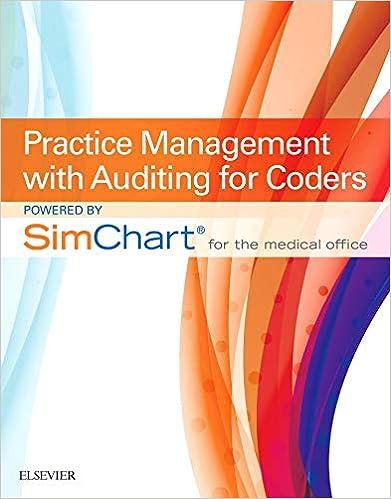| Problem 10A-11 Applying Overhead; Overhead Variances [LO3, LO4] Please explain how you arrived at the answers as this is very helpful. Thank you! | Wymont Company produces a single product that requires a large amount of labor time. Overhead cost is applied on the basis of standard direct labor-hours. Variable manufacturing overhead should be $5 per standard direct labor-hour and fixed manufacturing overhead should be $266,000 per year. | | The companys product requires 5 feet of direct material that has a standard cost of $6.0 per foot. The product requires 1.3 hours of direct labor time. The standard labor rate is $13 per hour. | | During the year, the company had planned to operate at a denominator activity level of 26,600 direct labor-hours and to produce 18,500 units of product. Actual activity and costs for the year were as follows: | | | | | | Number of units produced | | 20,500 | | Actual direct labor-hours worked | | 35,500 | | Actual variable manufacturing overhead cost incurred | $ | 60,000 | | Actual fixed manufacturing overhead cost incurred | $ | 322,750 | | | | Required: | | 1. | Compute the predetermined overhead rate for the year. Break the rate down into variable and fixed components. (Omit the "$" sign in your response.) | | | | Predetermined overhead rate | $ per DLH | | Variable rate | $ per DLH | | Fixed rate | $ per DLH | | | | 2. | Complete the standard cost card for the companys product; show the details for all manufacturing costs on your standard cost card. (Round your answers to 2 decimal places. Omit the "$" sign in your response.) | | | | Direct materials, feet at $ per foot | $ | | Direct labor, DLHs at $ per DLH | | | Variable overhead, DLHs at $ per DLH | | | Fixed overhead, DLHs at $ per DLH | | | | | | Standard cost per unit | $ | | | | | | | 3a. | Compute the standard direct labor-hours allowed for the years production. | | Standard direct labor hours | | | 3b. | Complete the following Manufacturing Overhead T-account for the year (Input all amounts as positive values. Omit the "$" sign in your response): | | 4. | Determine the reason for the underapplied or overapplied overhead from (3) above by computing the variable overhead rate and efficiency variances and the fixed overhead budget and volume variances. (Input all amounts as positive values. Leave no cells blank - be certain to enter "0" wherever required. Indicate the effect of each variance by selecting "F" for favorable, "U" for unfavorable, and "None" for no effect (i.e., zero variance). Omit the "$" sign in your response.) | | | | Variable overhead rate variance | $ | | | Variable overhead efficiency variance | $ | | | Fixed overhead budget variance | $ | | | Fixed overhead volume variance | $ | | | | |






